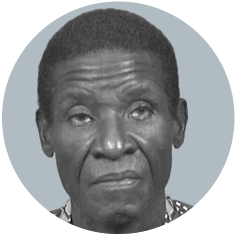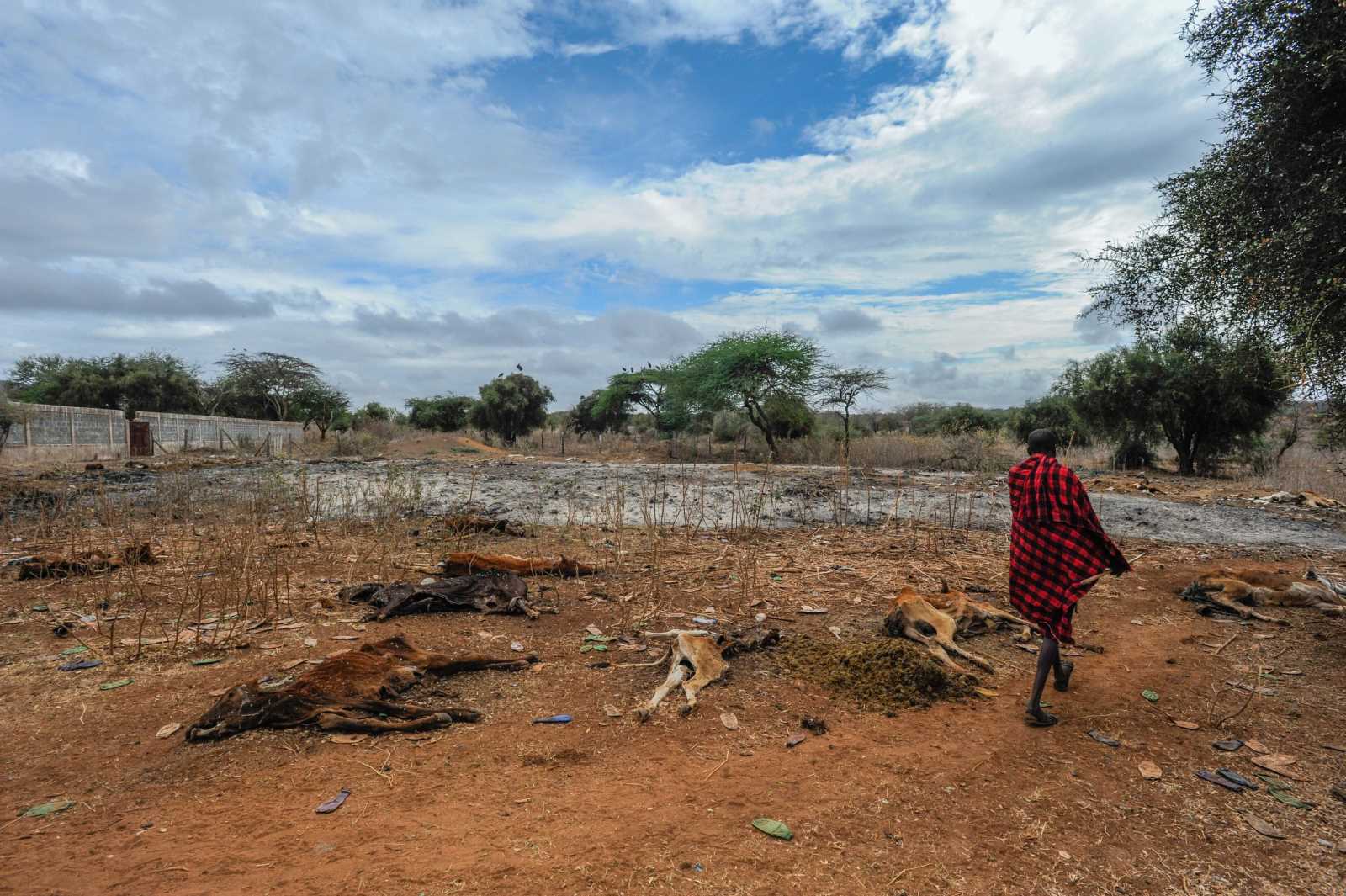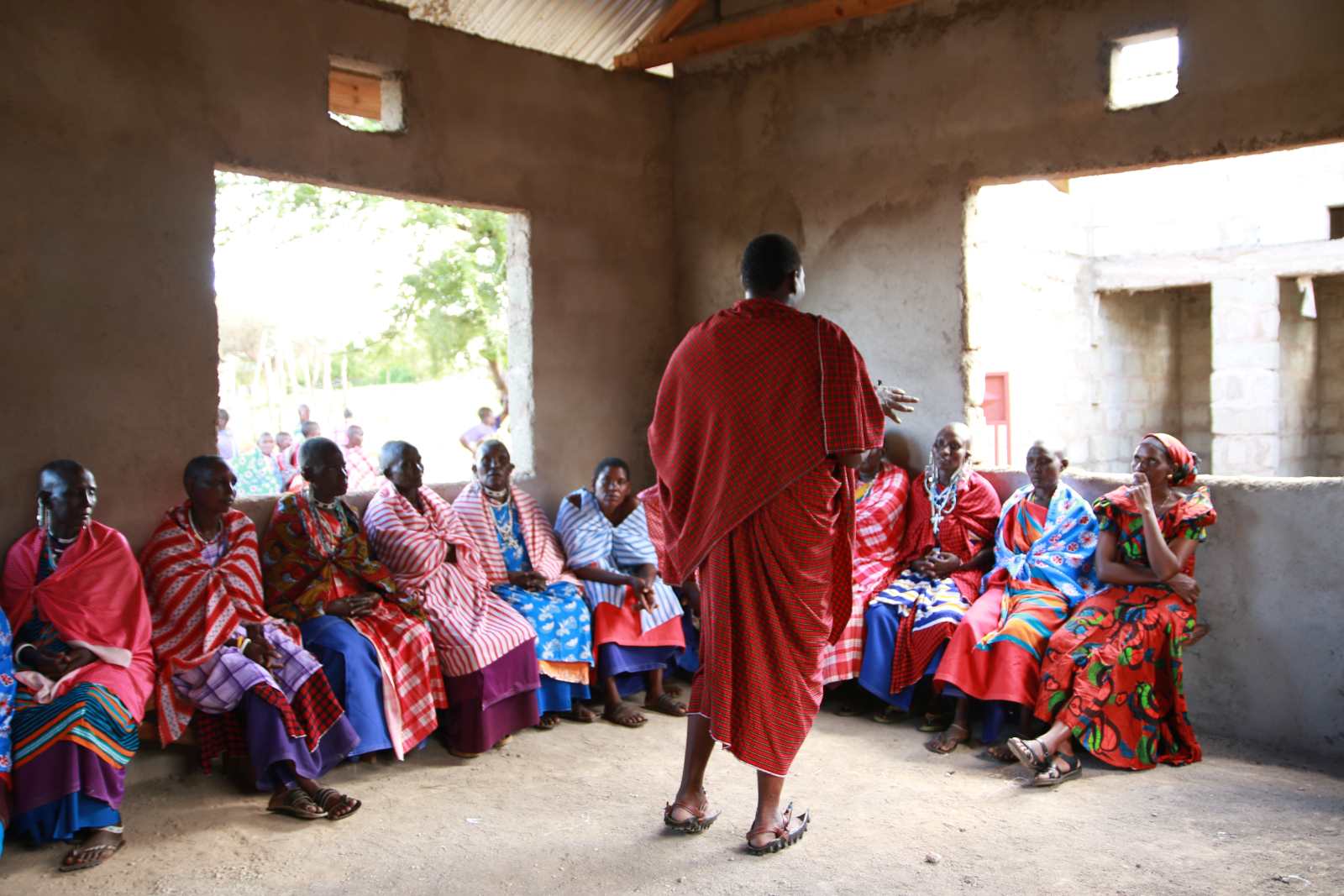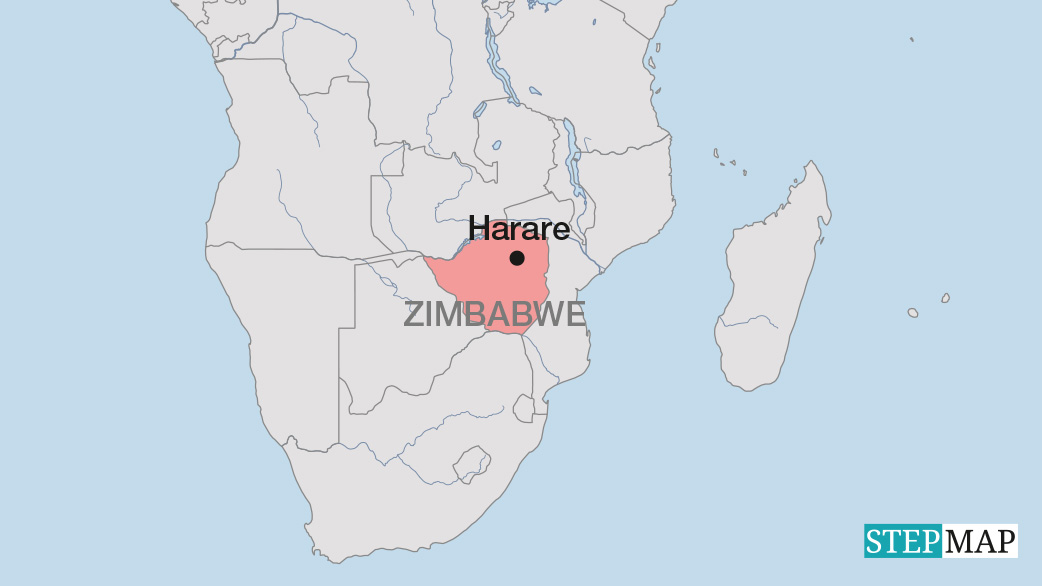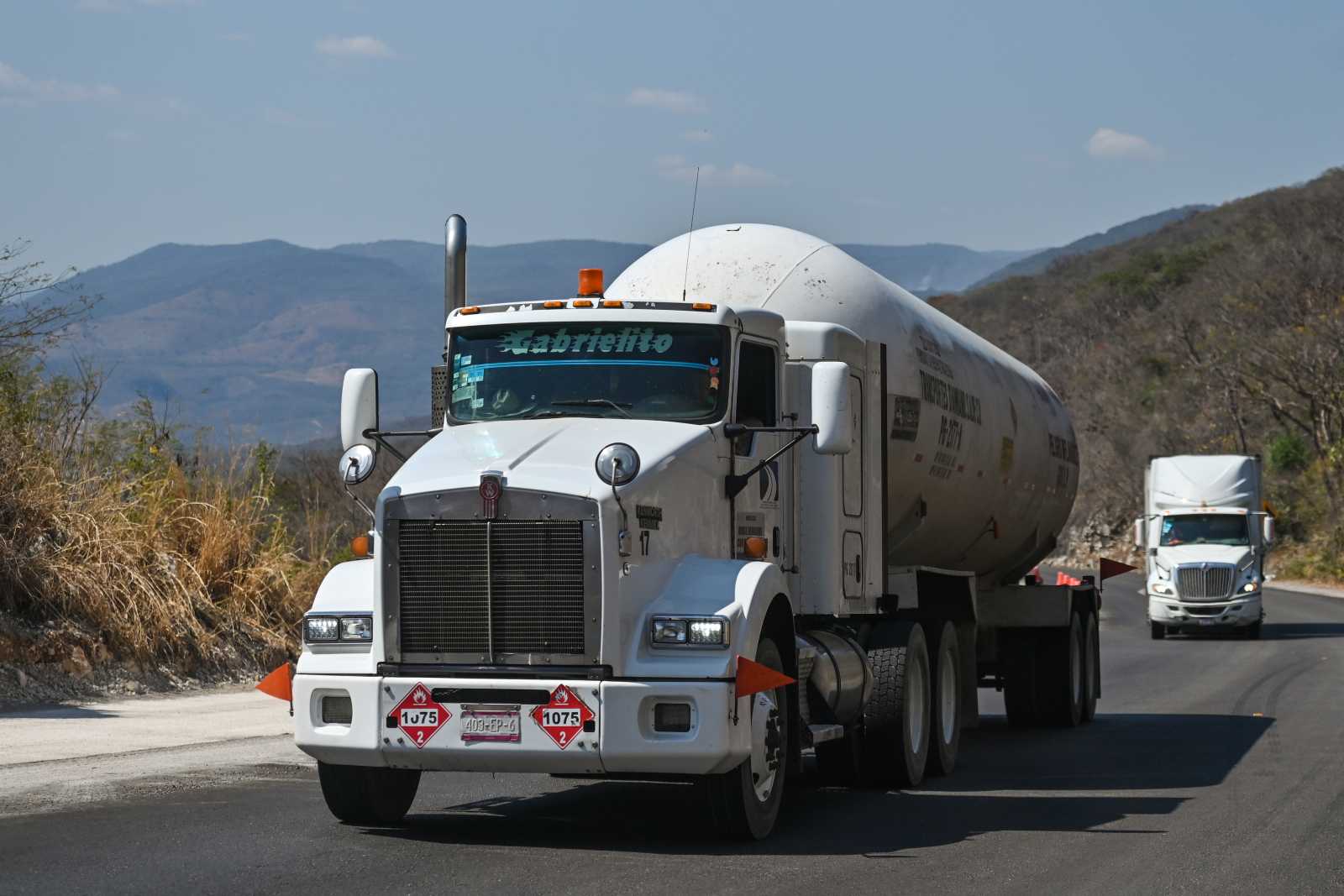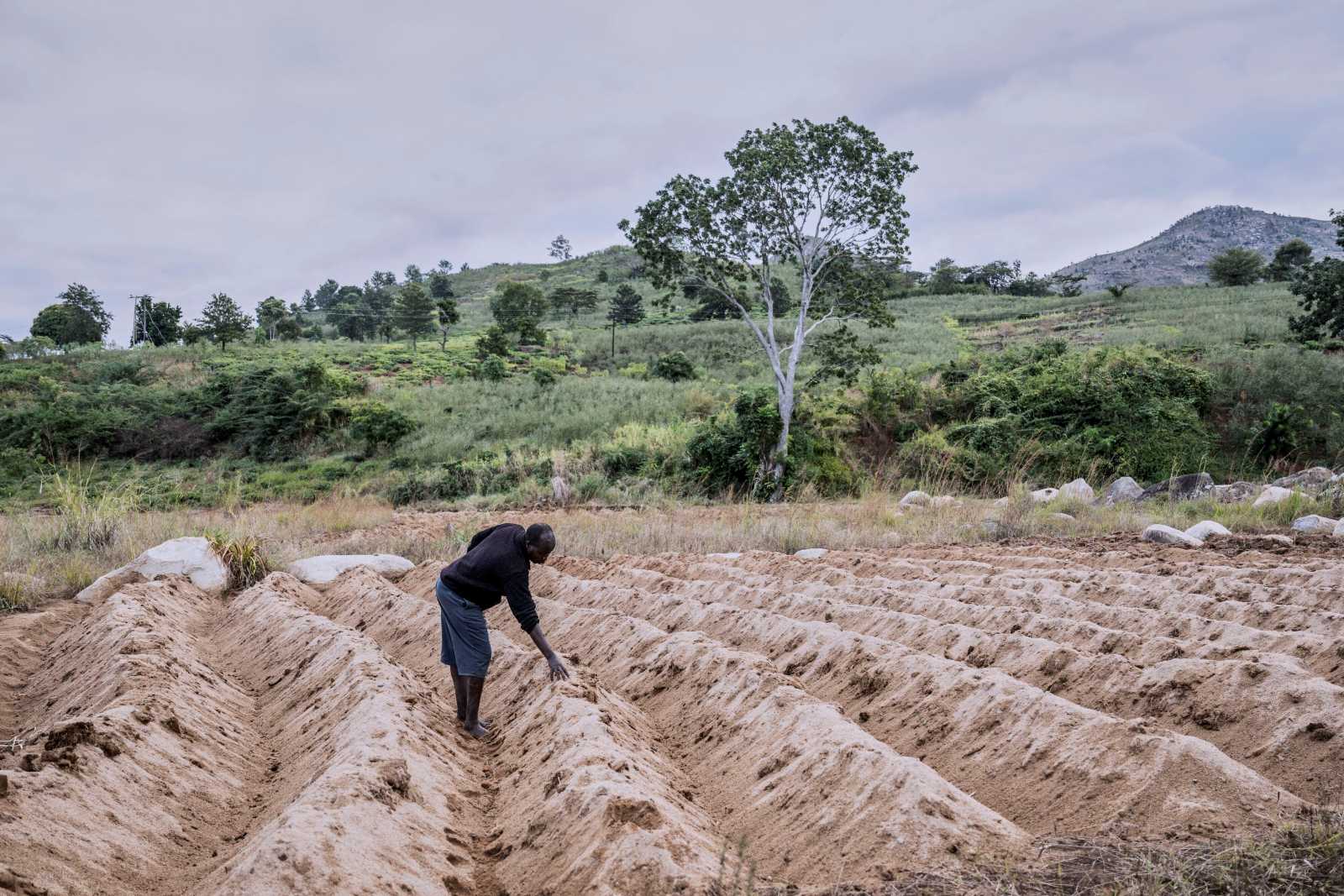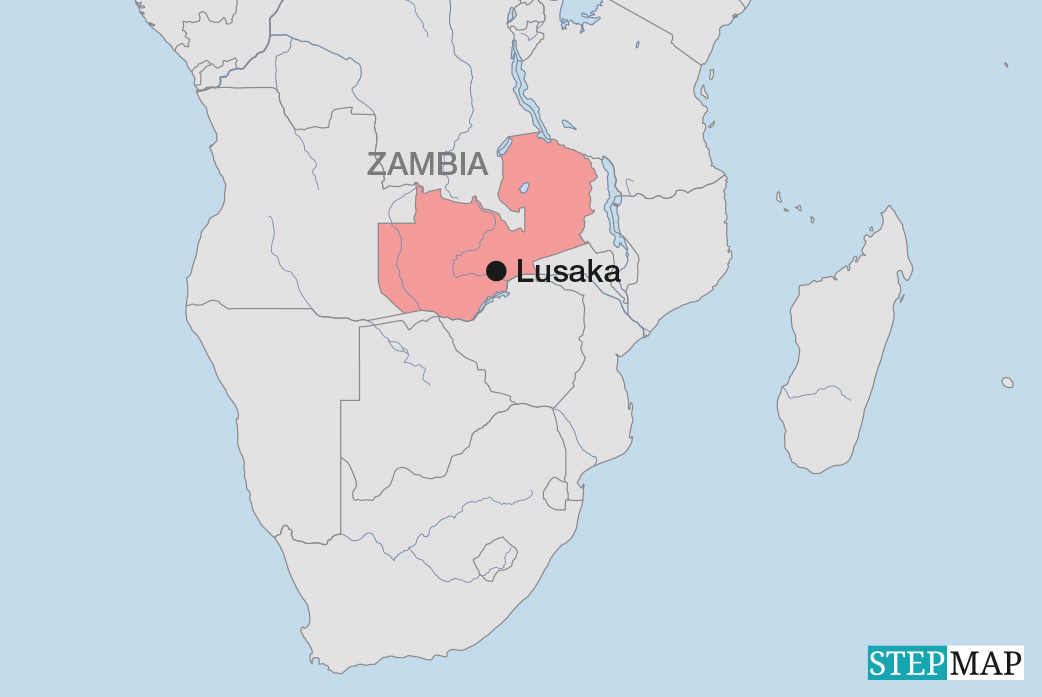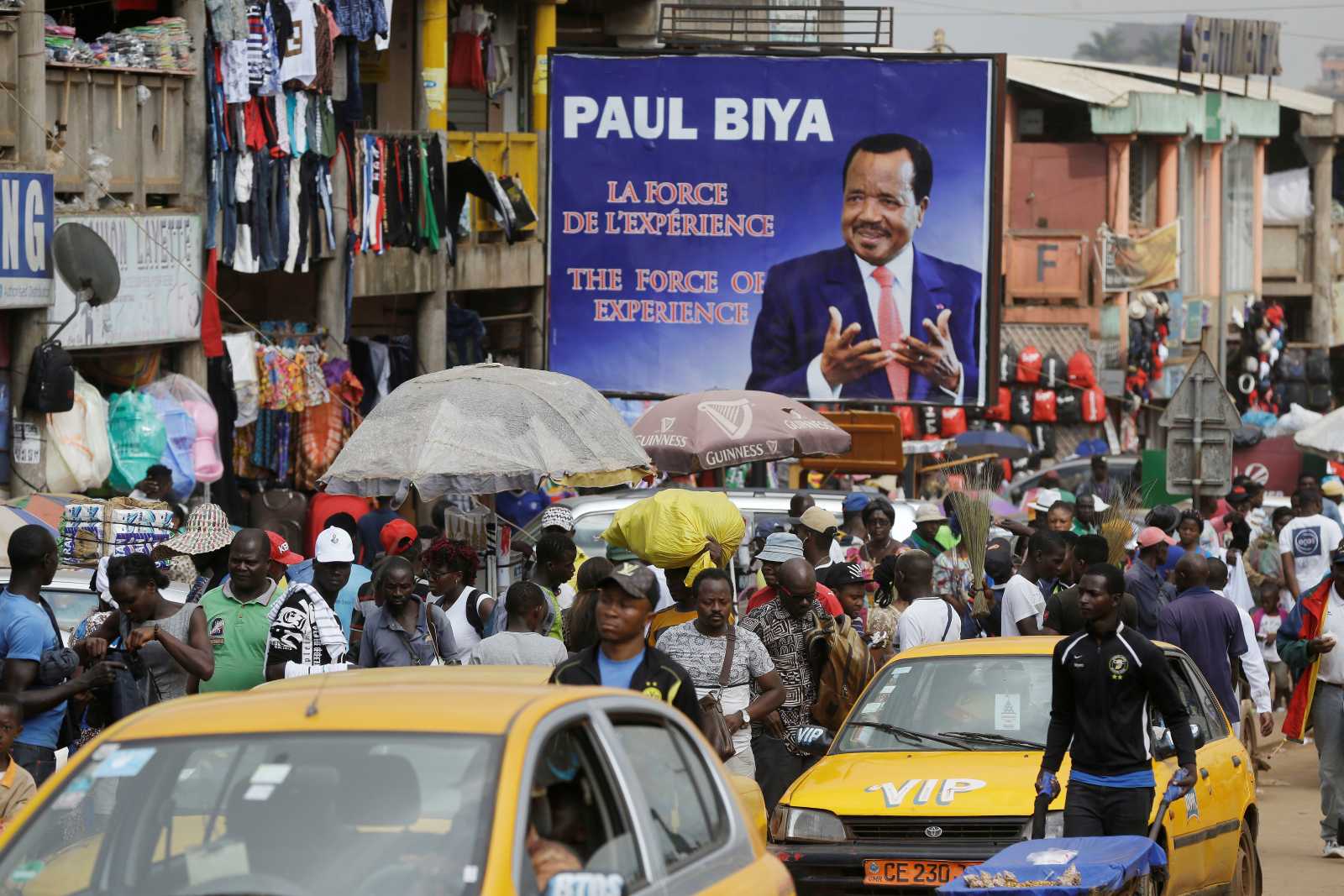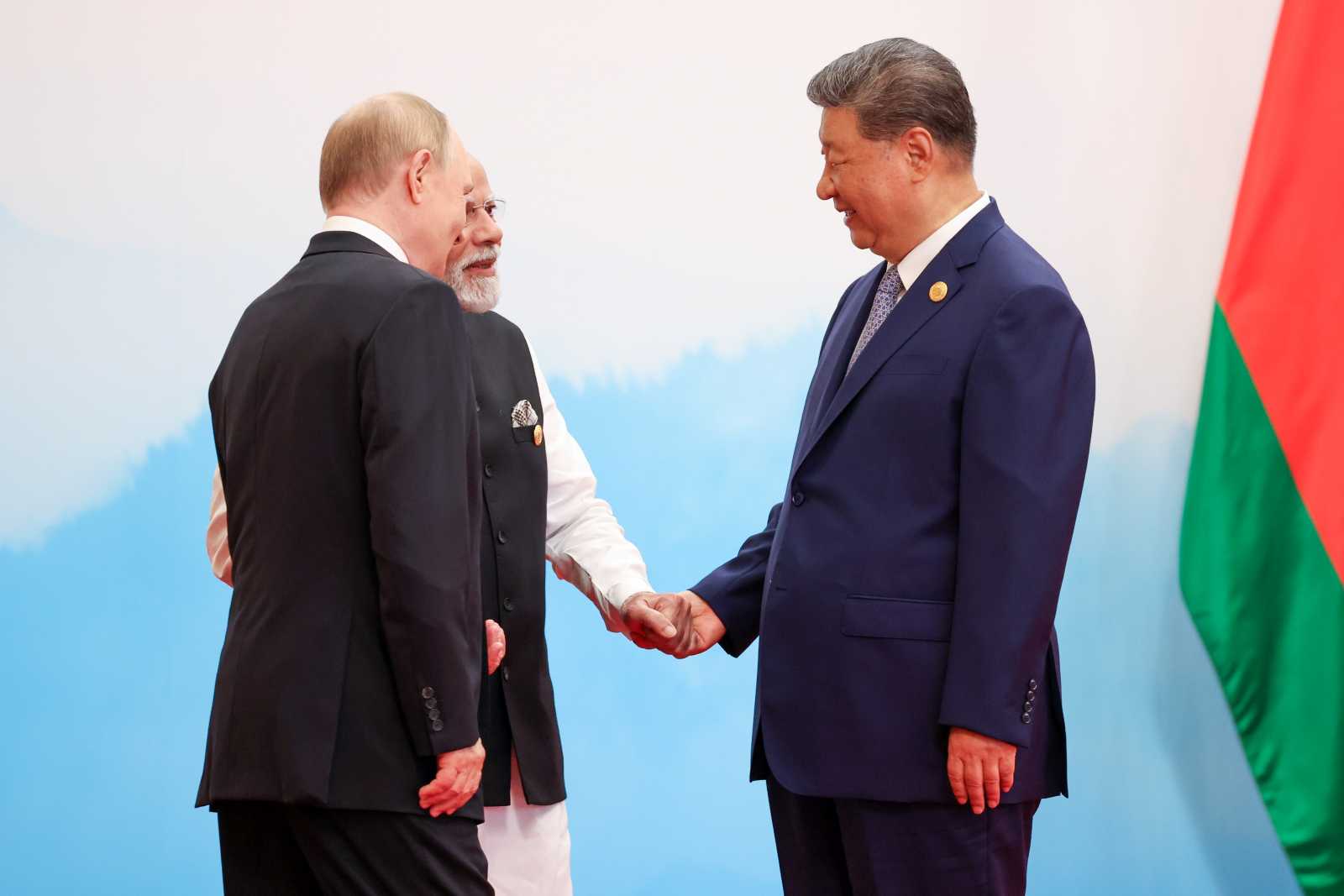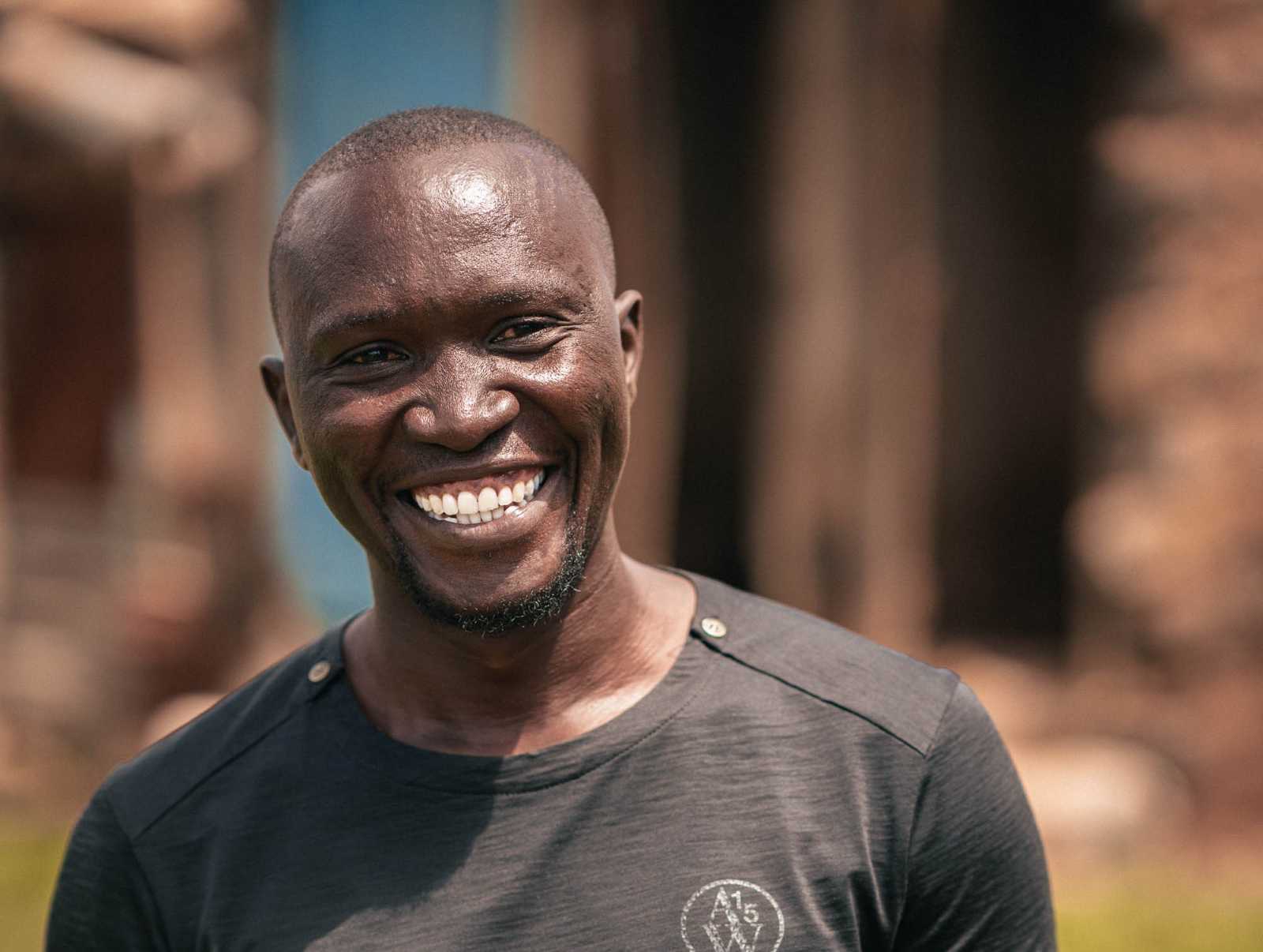Indigenous medicine
Why Indigenous knowledge must be preserved
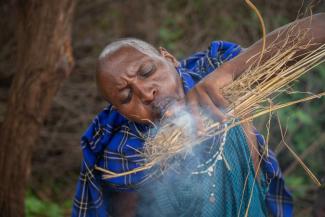
Traditional medicine has been practiced by Indigenous communities in Africa since the dawn of humanity. Long before the advent of modern medicine, people relieved pain and illness using plants, herbs, animal organs, roots, leaves and soil.
Ethnobotanical research in Tanzania and Kenya shows that the Maasai, who live in both countries, and many other Indigenous communities possess profound knowledge of the medicinal plants in their environment. As traditional pastoralists with an expert understanding of their native lands, the Maasai use a wide variety of plants and herbs to treat their own illnesses and those of their livestock. They include, among many others:
- Greenheart tree (Warburgia ugandensis): a decoction of the bark is used to treat febrile illnesses, especially malaria, and as a general antimicrobial agent.
- Worm-cure Albizia (Albizia anthelmintica): traditionally used for removing intestinal parasites. The roots are boiled and eaten. Sometimes the bark is used to alleviate malaria symptoms or as a salt substitute.
- Jacket plum (Pappea capensis): Maasai warriors traditionally used a bark infusion as a cleansing tonic for the blood and to aid recovery from blood loss.
Other medicinal plants popular among Indigenous people in Tanzania include tamarind (Tamarindus indica) and baobab fruit (Adansonia digitata). Tamarind is used to treat a wide variety of diseases, such as gastrointestinal problems, sore throat, constipation, allergic dermatitis and cholera. The dried pulp of the baobab fruit is rich in ascorbic acid, while its leaves contain vitamin C, sugars, potassium, tartaric acid and calcium. The pulp is eaten, soaked to make refreshing drinks or preserved as jam, while the bark is turned into rope, mats and baskets.
Holistic healing
The Maasai’s medicinal knowledge forms part of their holistic, spiritually charged worldview in which the Earth is the ultimate source of life. It provides not only food, water and medicinal plants for themselves and their livestock, but also sacred plants for rituals as well as burial grounds and places where ancestral spirits dwell. Rain and natural cycles are integral to this worldview.
This relationship is not unique to the Maasai. Almost all of Tanzania’s roughly 120 Indigenous communities interact with forests in efforts to conserve nature and for medicinal practices. Scholars have pointed out that traditional medicine in African Indigenous communities, unlike modern medicine, treats the whole person and takes into account the physical, cultural, psychological and other aspects of human wellbeing.
For the Maasai, life, health, sickness and healing are thus intertwined and inseparable from their environment. “Protective medicines work within their life environment,” writes Aidan Msafiri of the Kilimanjaro Consortium for Development and Environment Ecoplus (KCDE).
Way of life under threat
However, the Maasai’s traditional way of life, including their nature-based medicine, is at risk. The Tanzanian government has come up with a plan to relocate tens of thousands of Maasai from their ancestral lands in northern Tanzania’s Ngorongoro conservation area by 2027 under the guise of conservation. Many see this as an attempt to boost tourism in a region that is widely known for its breathtaking landscapes and wildlife.
According to the civil-society organisation Human Rights Watch (HRW), the government has already resettled thousands of Maasai to a village about 600 kilometres away, where they are provided with houses, farming land and modern infrastructure. HRW criticises the fact that the affected Maasai communities were not involved in designing the plan and that their free, prior and informed consent was not obtained.
Christopher Ole Sendeka is an experienced Maasai parliamentarian. In his opinion, these measures violate the community’s way of life, which is so closely intertwined with wilderness that the two cannot be separated.
Soksi Ole Ngitika is an elder from the village of Kayapus in Oldugai, Ngorongoro. He claims that the Maasai have the highest life expectancy in Africa. In his view, the government, rather than uprooting the Maasai, should have tried to learn lessons from their social organisation to benefit the country as a whole in economic and cultural terms. “We have always lived among wild animals in our natural habitat, we still live there, and we want to continue living there.” According to Ngitika, development also requires a solid cultural foundation – and it is a mistake to write off Indigenous groups as being incapable of contributing to it.
The displacement of the Maasai threatens to extinguish centuries of accumulated traditional medical practices closely tied to their specific environment. Even though a return to traditional nutrition and medicine has become a trend in some parts of the world – Google Arts and Culture has an entire exhibit called “Healing the Maasai Way” – traditional medicine is not receiving enough attention, especially in the home countries of Indigenous communities. Institutions promoting it often engage in unsustainable harvesting practices. Moreover, there are no effective legal frameworks or policies to protect traditional medicine in Tanzania.
With the Maasai’s displacement from their ancestral lands, the future of this knowledge of medicinal plants and practices looks bleak. Displacement not only cuts these communities off from their ancestors – many of them perceive it as the end of their world.
Lawrence Kilimwiko is a journalist, author and communication consultant. He lives in Dar es Salaam, Tanzania.
lkilimwiko@yahoo.com
